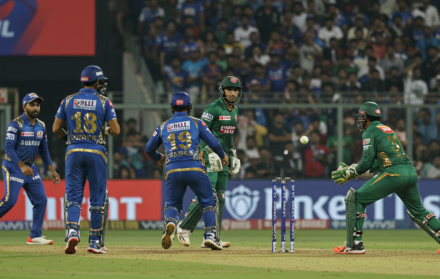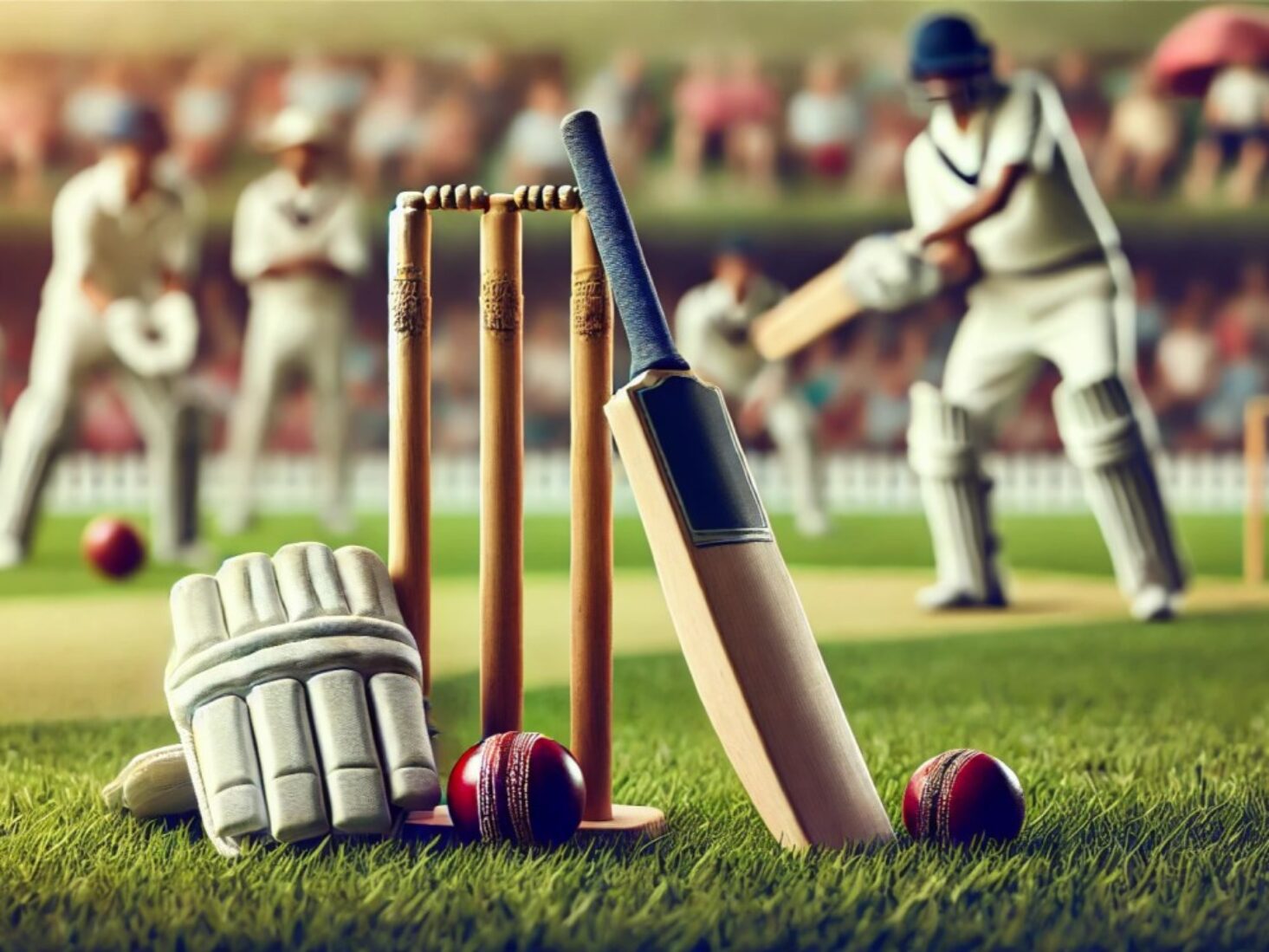
The Evolution of Cricket Gear: A Historical Perspective
The evolution of cricket protective gear is a fascinating journey that reflects the growing awareness of player safety and technological advancements in sports equipment. Over the years, cricket gear has transitioned from minimal protection to highly specialized equipment designed to ensure maximum safety for players without compromising their performance on the field. From the early days of rudimentary gear to the latest innovations, the development of cricket protective gear has been driven by the need to safeguard players against the fast-paced and often dangerous nature of the sport.
In the early stages of cricket, protective gear was almost non-existent. Players relied on basic equipment, which left them vulnerable to injuries. However, as the game evolved and became more competitive, the need for better protection became evident. The introduction of cricket helmets marked a significant milestone in the evolution of protective gear. Helmets provided crucial protection against head injuries, which were common due to the high-speed deliveries in cricket.
As the importance of player safety continued to gain recognition, other protective gear, such as leg guards, gloves, and abdominal guards, also underwent significant improvements. These advancements were not only in terms of safety but also in comfort and performance. Modern cricket gear is designed to be lightweight yet sturdy, offering players the confidence to focus on their game without worrying about injuries.
The evolution of cricket protective gear also saw the emergence of various brands specializing in high-quality equipment. Companies recognized the growing demand for better gear and began producing specialized products tailored to different aspects of the game. Today, players have access to a wide range of options from top brands that combine cutting-edge technology with ergonomic designs.
In addition to helmets and guards, other accessories, such as cricket bags and protective eyewear, have also become essential components of a cricketer’s kit. These items not only enhance safety but also contribute to the overall preparedness and professionalism of players.
The ongoing innovation in cricket gear continues to shape the game, making it safer and more enjoyable for players at all levels. As the sport progresses, the evolution of cricket protective gear will undoubtedly keep pace, ensuring that players are well-protected while maintaining the essence and spirit of the game.
The Early Days of Cricket Gear: Simplicity and Necessity
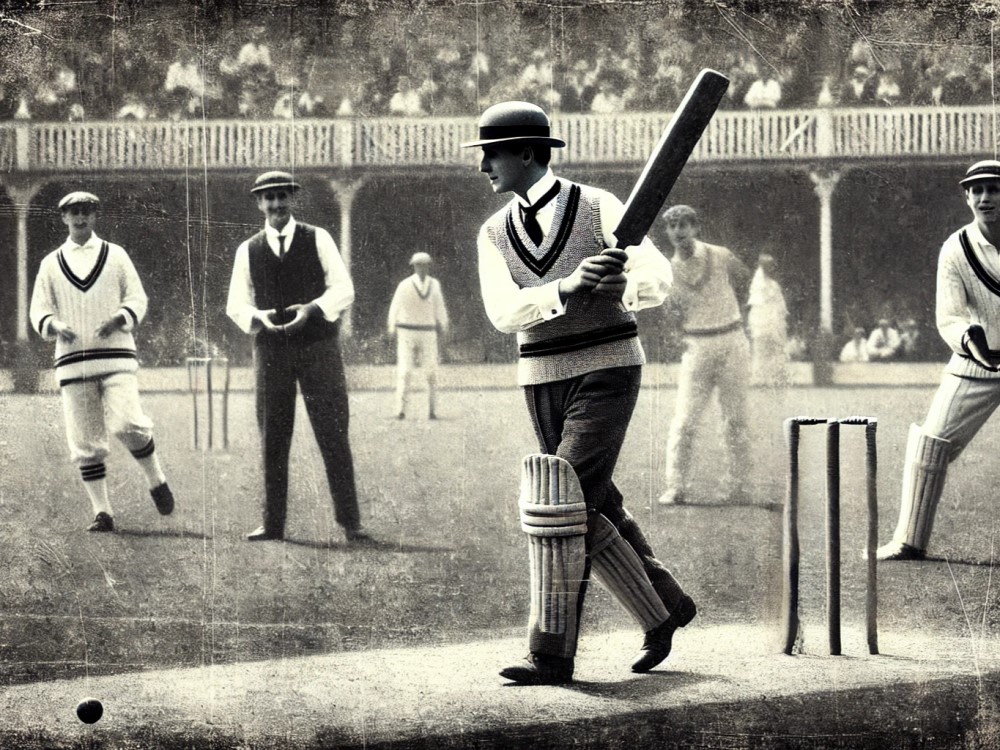
In the early days of cricket, the game was much simpler, and so was the gear used by players. The origins of cricket date back to the 16th century in England, where the sport began as a casual pastime played with minimal equipment. In those days, cricket gear was rudimentary, consisting mainly of a basic bat, a ball, and rudimentary protective gear. The bat, for example, was initially shaped like a hockey stick, made from a single piece of wood, and designed to hit a ball that was often nothing more than a lump of wool or cork wrapped in leather.
The need for protective gear was minimal, as the game was not as fast-paced or dangerous as it is today. Early cricket balls were softer, and bowlers were restricted to underarm deliveries, which posed less risk of injury to batsmen. Consequently, early players did not wear helmets, pads, or gloves, relying instead on their skill and reflexes to protect themselves. The attire was equally simple, with players typically wearing everyday clothes that offered little in the way of protection.
However, as cricket began to grow in popularity and evolve as a sport, the need for better and more specialized equipment became apparent. The introduction of overarm bowling in the 18th century marked a significant turning point, as it increased the speed and unpredictability of deliveries, making the game more dangerous for batsmen. This shift necessitated the development of more sophisticated cricket gear to protect players and improve their performance on the field.
One of the earliest forms of protective gear to be introduced was the cricket pad. The pads were made from leather and stuffed with materials like wool or horsehair to provide some cushioning against the impact of the ball. Although primitive by today’s standards, these early pads were a significant improvement in player safety and marked the beginning of the evolution of cricket gear. As the game continued to evolve, so did the equipment, leading to the development of the advanced gear we see today.
The early days of cricket gear were characterized by simplicity and necessity, with equipment that was basic and often homemade. As the game evolved, so did the need for more specialized and protective gear, laying the foundation for the innovations that would follow. The introduction of overarm bowling was a key moment that drove the development of cricket gear, highlighting the sport’s progression from a casual pastime to a more structured and competitive game.
The Introduction of Protective Gear: A New Era of Safety
The evolution of cricket gear took a significant leap forward with the introduction of protective gear in the late 19th and early 20th centuries. As the sport became more competitive and the pace of play increased, the need for player protection became more apparent. This period marked the beginning of a new era in cricket, where safety became a priority, and innovations in gear design played a crucial role in shaping the modern game.
One of the most important developments in cricket gear during this time was the introduction of batting gloves. Before gloves became standard, batsmen relied solely on their hands to grip the bat, often resulting in painful injuries from high-speed deliveries. The first cricket gloves were simple leather mitts, offering minimal padding and protection. However, they provided much-needed cushioning against the impact of the ball, reducing the risk of broken fingers and other hand injuries. As the game progressed, gloves became more sophisticated, incorporating thicker padding, protective finger guards, and materials designed to improve grip and comfort.
Another crucial innovation was the modern cricket helmet, which emerged in the 1970s as a response to the increasing speed of bowling. Before helmets, batsmen faced a significant risk of head injuries, particularly when facing fast bowlers. The first cricket helmets were rudimentary, often repurposed motorcycle helmets or custom-made by players themselves. Over time, helmet design improved significantly, with the introduction of lightweight materials like fiberglass and polycarbonate, as well as better padding and ventilation systems. Today, cricket helmets are an essential piece of gear, offering advanced protection against head injuries and allowing batsmen to play with greater confidence and safety.
The development of leg pads also saw significant advancements during this period. Early leg pads were made from leather and stuffed with natural materials like cotton or horsehair, providing basic protection against the ball. However, they were heavy and often uncomfortable, restricting movement and agility. As materials science advanced, manufacturers began using lighter and more durable materials, such as high-density foam and synthetic fibers, to create pads that offered better protection without compromising mobility. Modern leg pads are ergonomically designed to fit the contours of the leg, providing maximum protection and comfort for players.
In addition to batting gloves, helmets, and leg pads, other forms of protective gear, such as thigh guards, arm guards, and chest guards, were introduced to offer comprehensive protection for players. These innovations reflected a growing awareness of the importance of player safety and the need to protect all parts of the body from injury. The introduction of protective gear not only improved player safety but also allowed for a more aggressive and dynamic style of play, as batsmen could face fast bowlers with greater confidence.
The introduction of protective gear in cricket marked a significant milestone in the evolution of the sport. The development of gloves, helmets, leg pads, and other protective equipment greatly enhanced player safety, allowing the game to evolve into the fast-paced and competitive sport we know today. These innovations were driven by the increasing demands of the game and a growing recognition of the need to protect players from injury, setting the stage for further advancements in cricket gear.
The Evolution of Cricket Bats: From Willow to Innovation
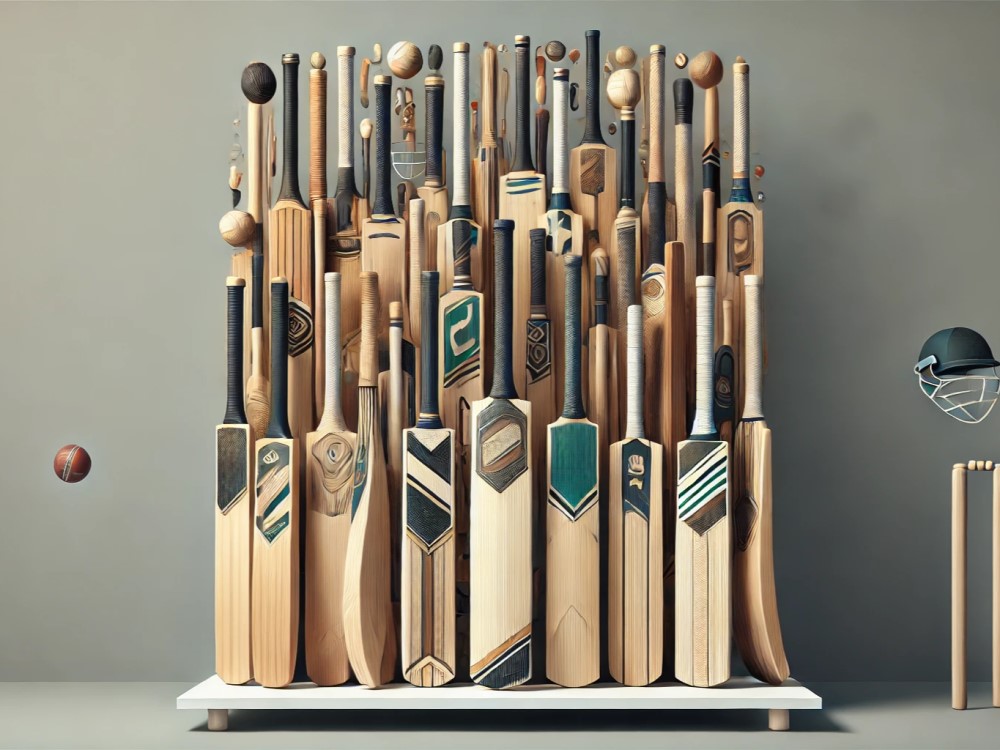
The cricket bat, one of the most iconic pieces of cricket gear, has undergone a significant evolution over the centuries. From its early beginnings as a simple, curved stick to the modern, high-tech bats used by professional players today, the cricket bat has been continuously refined and improved to enhance performance and durability. The evolution of cricket bats reflects not only advancements in materials and manufacturing techniques but also changes in the way the game is played.
In the early days of cricket, bats were crafted from a single piece of willow wood, a tradition that continues to this day. The choice of willow, particularly English willow, is due to its unique combination of lightness and strength, which allows for powerful shots without compromising control. Early cricket bats were much heavier and less refined than modern bats, with a more pronounced curve designed to hit along the ground rather than through the air. As the game evolved and bowlers began delivering the ball with greater speed and variation, the design of the bat also changed to meet the demands of more aggressive and varied batting techniques.
One of the most significant changes in cricket bat design came in the 18th century when the straight bat was introduced. This design replaced the older, curved bats and allowed for a more versatile range of shots, including the defensive stroke and the drive. The straight bat became the standard and has remained largely unchanged in its basic shape, though it has undergone numerous refinements over the years. The focus on balance, weight distribution, and the sweet spot (the area of the bat that provides maximum power) has led to the development of bats that are more effective and easier to handle.
The 20th century saw further innovations in cricket bat design, particularly with the introduction of machine pressing. This process involves compressing the willow to create a denser, more durable bat that can withstand the impact of fast deliveries. Machine pressing also allows for greater consistency in the production of bats, ensuring that each bat meets the exact specifications required by professional players. Additionally, the introduction of carbon fiber and other composite materials in the handles has improved the balance and shock absorption of modern bats, making them more comfortable to use and reducing the risk of injury.
Another notable development in cricket bats is the use of technology to enhance performance. Modern bats are often designed with the help of computer-aided design (CAD) software, allowing manufacturers to fine-tune every aspect of the bat, from the weight distribution to the thickness of the edges. This precision engineering has led to the creation of bats that are not only more powerful but also more forgiving, helping players achieve better results even on mishits. Some manufacturers have also experimented with non-traditional materials, such as titanium and kevlar, to create bats that offer even greater strength and performance.
The evolution of cricket bats has been driven by a combination of technological advancements and changes in the way the game is played. From the early days of simple willow sticks to the high-tech bats used by today’s professionals, the cricket bat has continually evolved to meet the demands of the sport. These innovations have not only improved performance but also contributed to the excitement and dynamism of modern cricket, making the bat an essential part of the game’s ongoing evolution.
The Role of Footwear in Cricket: From Leather Boots to Spikes
Footwear is a crucial aspect of cricket gear, playing a significant role in a player’s performance and comfort on the field. Over the years, cricket shoes have evolved from basic leather boots to specialized footwear designed to provide the support, grip, and durability needed for the demands of the game. The evolution of cricket footwear reflects advancements in technology, materials, and a deeper understanding of the biomechanics of movement in cricket.
In the early days of cricket, players typically wore leather boots, similar to those used in other outdoor sports. These boots offered basic protection and durability but were often heavy and lacked the flexibility and support needed for the quick movements required in cricket. The rigid soles and lack of cushioning made them less than ideal for the demands of the game, particularly for fast bowlers and fielders who needed to move quickly and change direction frequently. As the game evolved, so did the need for more specialized footwear that could enhance performance and reduce the risk of injury.
The introduction of rubber soles in the early 20th century marked a significant advancement in cricket footwear. Rubber soles provided better grip on the field, reducing the risk of slipping, especially on wet or uneven surfaces. This improvement was particularly beneficial for bowlers, who rely on a stable footing to generate speed and accuracy in their deliveries. The lighter weight of rubber-soled shoes also made them more comfortable to wear, allowing players to move more freely and with greater agility. Over time, the design of cricket shoes continued to evolve, with manufacturers experimenting with different materials and technologies to enhance performance.
One of the most important innovations in cricket footwear was the introduction of spiked shoes. Spikes provided significantly improved traction, especially on grass pitches, allowing players to accelerate quickly and maintain control during rapid changes in direction. Spikes also offered enhanced stability for bowlers during their run-up and delivery, helping them maintain balance and reduce the risk of injury. Today, spiked shoes are standard for most cricketers, with different types of spikes available for different playing conditions. For example, longer spikes are used on soft, wet pitches, while shorter spikes are preferred on harder surfaces.
Modern cricket shoes are also designed with advanced cushioning and support to protect players from the physical demands of the game. Fast bowlers, in particular, benefit from shoes with reinforced heels and midsoles that absorb the impact of landing after each delivery. This cushioning helps reduce the stress on the knees, ankles, and lower back, which are common areas of injury for bowlers. Additionally, cricket shoes now incorporate breathable materials and moisture-wicking liners to keep players’ feet cool and dry during long matches, improving overall comfort and performance.
The evolution of cricket footwear has played a crucial role in enhancing player performance and reducing the risk of injury. From basic leather boots to modern spiked shoes with advanced cushioning, cricket footwear has undergone significant advancements to meet the demands of the game. As the sport continues to evolve, we can expect further innovations in cricket footwear, with a focus on improving comfort, performance, and player safety.
The Evolution of Cricket Balls: Crafting Perfection
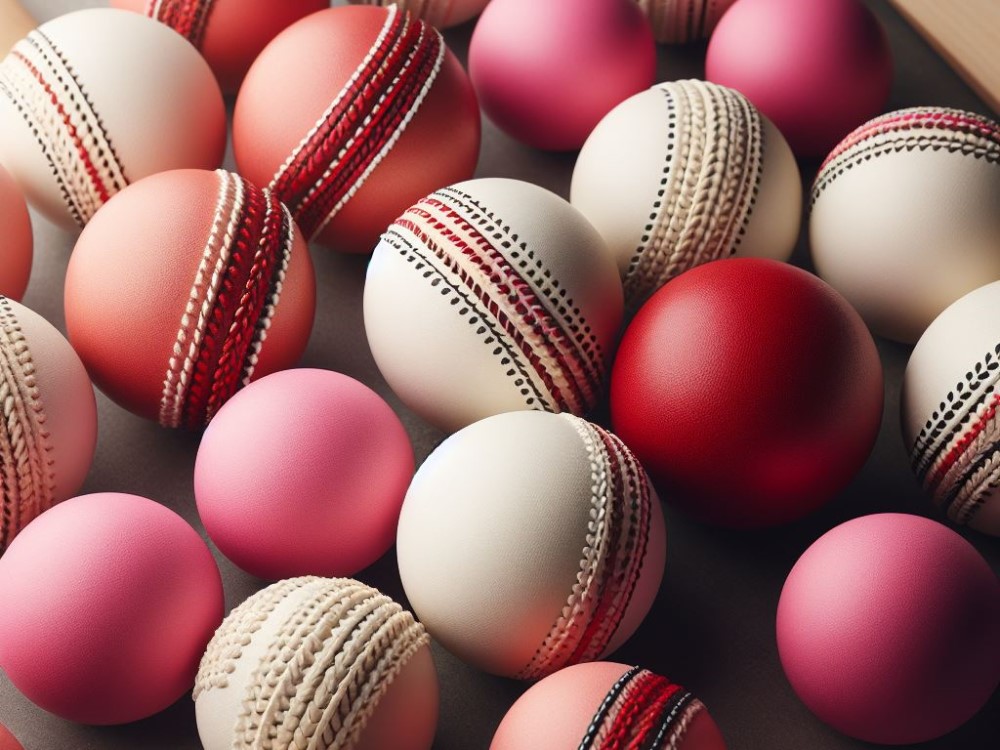
The cricket ball is at the heart of the game, and its design has undergone significant changes over the centuries to meet the evolving demands of the sport. From its early origins as a simple, handmade object to the precision-engineered balls used in modern cricket, the evolution of the cricket ball reflects advancements in materials, craftsmanship, and an increasing understanding of how the ball interacts with the pitch and players.
In the earliest days of cricket, balls were often handmade from materials like leather, cork, and wool. These early balls varied greatly in size, weight, and quality, as there were no standardized rules governing their construction. The balls were typically made by local craftsmen and were often inconsistent in their performance, leading to unpredictable gameplay. Despite these limitations, these early cricket balls laid the foundation for the development of the more sophisticated balls used today.
The 18th century saw the introduction of standardized cricket balls, as the sport became more formalized and organized. The introduction of rules governing the size, weight, and materials of cricket balls helped to standardize the game and ensure more consistent performance. The typical cricket ball design, consisting of a cork core wrapped in tightly wound string and covered with leather, became the standard. The leather cover was stitched together with prominent seams, which played a crucial role in how the ball behaved in flight and on the pitch.
One of the most significant advancements in cricket ball design was the introduction of layered cork cores in the 19th century. This innovation improved the durability and performance of the ball, allowing it to maintain its shape and bounce for longer periods of play. The addition of layers also helped to balance the ball, ensuring more predictable and consistent behavior. As the sport continued to evolve, manufacturers began to experiment with different types of leather and stitching techniques to further enhance the ball’s performance.
In modern cricket, the manufacture of cricket balls is a highly specialized process, involving a combination of traditional craftsmanship and modern technology. The cork core is still at the heart of the ball, but it is now often reinforced with additional materials to improve its longevity and performance. The leather used for the cover is carefully selected and treated to withstand the rigors of play, while the stitching is done with precision to ensure the ball’s integrity and consistency. The seams are an essential part of the ball’s design, as they affect how the ball swings in the air and seams off the pitch, adding an extra layer of strategy and skill to the game.
In addition to traditional red balls, cricket now also uses white balls for limited-overs formats, such as One Day Internationals (ODIs) and Twenty20 (T20) matches. The introduction of white balls, which are more visible under floodlights, has added a new dimension to the game, particularly in night matches. White balls tend to behave slightly differently than red balls, offering less swing and deteriorating more quickly, which adds an extra challenge for bowlers and batsmen alike.
The evolution of cricket balls has been a journey of continuous improvement, driven by the need for consistency, durability, and performance. From handmade objects to precision-engineered products, cricket balls have come a long way, and they continue to play a central role in the sport. As cricket continues to evolve, we can expect further innovations in cricket ball design, aimed at enhancing the game and pushing the boundaries of what is possible on the field.
The Future of Cricket Gear: Innovations and Advancements
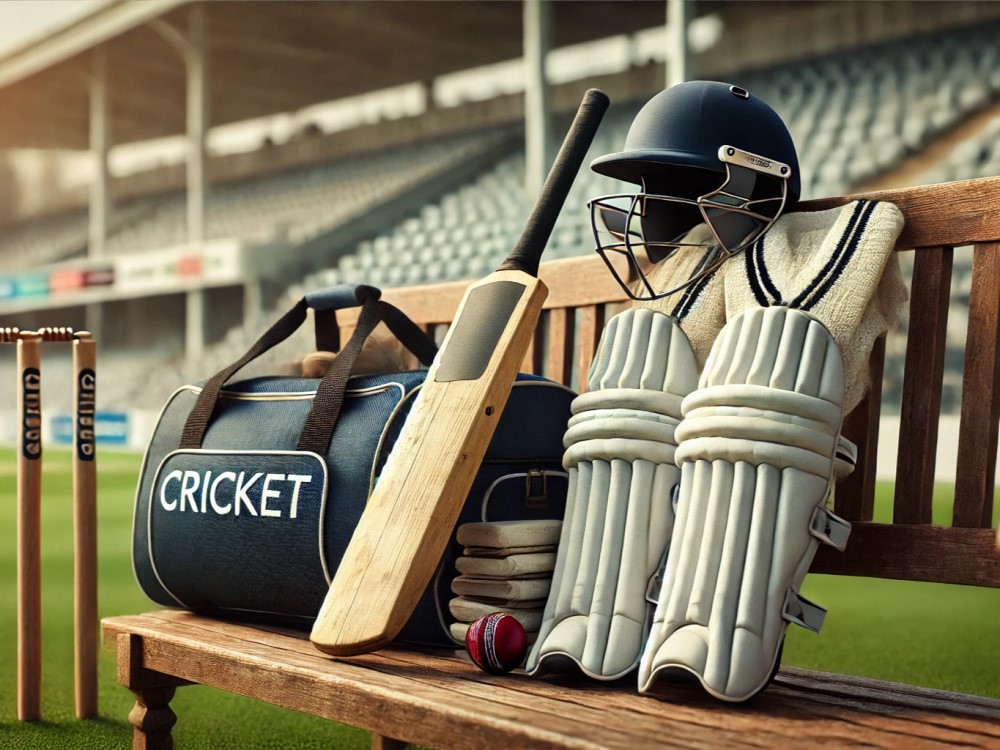
As cricket continues to evolve, so too does the gear that players use. The future of cricket gear is likely to be shaped by advancements in technology, materials science, and a growing emphasis on player safety and performance. From smart gear to sustainable materials, the next generation of cricket equipment promises to take the sport to new heights, offering players even greater levels of protection, comfort, and performance.
One of the most exciting developments in cricket gear is the introduction of smart technology. Wearable devices, such as smart helmets and gloves, are already being developed to provide players with real-time data on their performance, including metrics like bat speed, swing angle, and reaction time. These devices can help players fine-tune their technique, improve their game, and reduce the risk of injury by alerting them to potential issues before they become serious. As technology continues to advance, we can expect to see more smart gear integrated into cricket equipment, offering players and coaches new tools to enhance performance.
Sustainability is also becoming a key focus in the design and manufacture of cricket gear. As concerns about the environmental impact of sports equipment grow, manufacturers are exploring the use of eco-friendly materials and production methods. This includes the development of cricket bats made from sustainably sourced wood, biodegradable cricket balls, and protective gear made from recycled materials. The shift towards sustainability is likely to influence not only the materials used in cricket gear but also the design and manufacturing processes, leading to products that are both high-performance and environmentally responsible.
Player safety will continue to be a top priority in the future of cricket gear. Innovations in materials science are expected to lead to the development of lighter, stronger, and more protective gear, reducing the risk of injury while enhancing comfort and performance. For example, advancements in impact-resistant materials could lead to the creation of helmets that offer even greater protection against head injuries, while new padding materials could improve the safety and comfort of leg guards, gloves, and other protective gear. As the demands of the sport continue to increase, so too will the need for gear that can keep up with the pace and intensity of the game.
Another area of potential innovation is the customization of cricket gear. Advances in 3D printing and digital design could allow for the creation of custom-made equipment tailored to the individual needs and preferences of each player. This could include bats with personalized weight distribution, gloves and pads that fit perfectly to the player’s body, and shoes designed to match the player’s biomechanics. Customization could help players achieve their full potential by providing gear that is perfectly suited to their style of play and physical characteristics.
In conclusion, the future of cricket gear is set to be shaped by a combination of technological innovation, sustainability, and a focus on player safety and performance. As the sport continues to evolve, so too will the equipment used by players, offering new possibilities for enhancing the game and protecting those who play it. Whether it’s through smart technology, eco-friendly materials, or custom-designed gear, the next generation of cricket equipment promises to push the boundaries of what is possible on the field, ensuring that cricket remains a dynamic and exciting sport for years to come.





